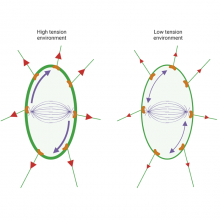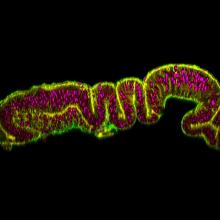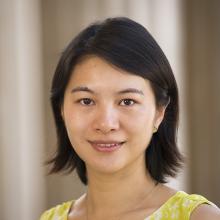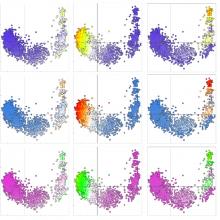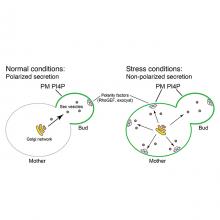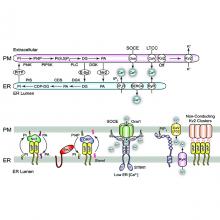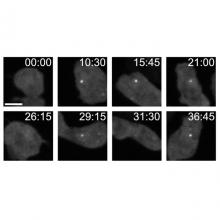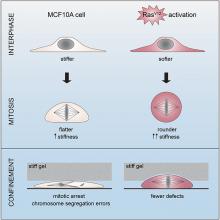New publication in Molecular Biology of the Cell for Baum Lab
The ability of cells to divide along their longitudinal axis is thought to play a key role in maintaining epithelial tissue homeostasis. In a new publication in Molecular Biology of the Cell, Lam and colleagues find that in elongated cells, the ability for mitotic spindles to rotate to their correct orientation is dependent o
Natalie Kirkland on her recent publication in Current Biology
In a recent publication in Current Biology, the Mao Lab and colleagues investigated how changes in tissue architecture during growth influence mitotic nuclear migration. We've asked Natalie Kirkland to tell us about the research.
MRC LMCB renews Athena SWAN Gold Award
We are delighted to announce Athena SWAN has renewed our Gold Award, in recognition of our ongoing commitment to advancing equality, diversity and inclusion. We are the first department at UCL to renew a Gold Award and one of only 3 departments nationwide to be awarded Gold in this round of applications.
Yanlan Mao awarded Leverhulme Trust Project Grant
Yanlan Mao has been awarded a Leverhulme Trust Project Grant to investigate the role of the extracellular matrix in tissue morphogenesis.
Alison Lloyd elected Fellow of the Academy of Medical Sciences
The Academy of Medical Sciences has elected 50 of the UK’s most prominent biomedical and health scientists to their Fellowship. We're proud to announce our Director, Alison Lloyd, has been chosen for her contributions to advancing biomedical science in the UK and beyond.
Taking cells back in time - new publication in eLife for Chubb lab
After damage to tissues, some cells are capable of reverting to a more embryo-like condition. In this condition, they are then capable of growing to repair the damaged area and making different cell types to make sure the site becomes operational again. This process of cells "going back in time" is called dedifferentiation but it is not well understood.
New publication in BMC Biology for Stefan Lab
Phosphoinositide lipids provide spatial landmarks during polarized cell growth and migration. Yet how phosphoinositide gradients are oriented in response to extracellular cues and environmental conditions is not well understood.
Review in Current Opinions in Cell Biology by Chris Stefan
In a new review in Current Opinions in Cell Biology, Chris Stefan highlights recent advances in our understanding of the vital roles for ER–PM (endoplasmic reticulum – plasma membrane) contacts in phosphoinositide and calcium signaling and how
Tunnacliffe and Chubb TIG Review: What is a transcriptional burst?
The idea that gene activity can be discontinuous will not surprise many biologists – many genes are restricted in when and where they can be expressed. Yet during the past 15 years, a collection of observations compiled under the umbrella term ‘transcriptional bursting’ has received considerable interest.
New publication in Developmental Cell for Baum lab
Normal cells in the human body only divide when they need to, but cancer cells keep continuously growing and dividing, even in a tumour packed full of other cells.
 Close
Close


